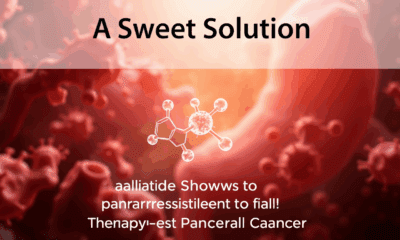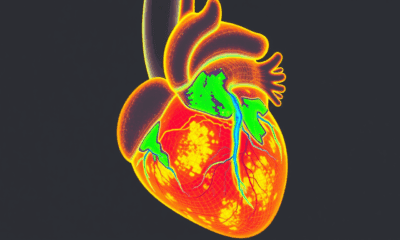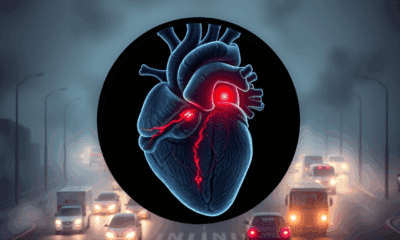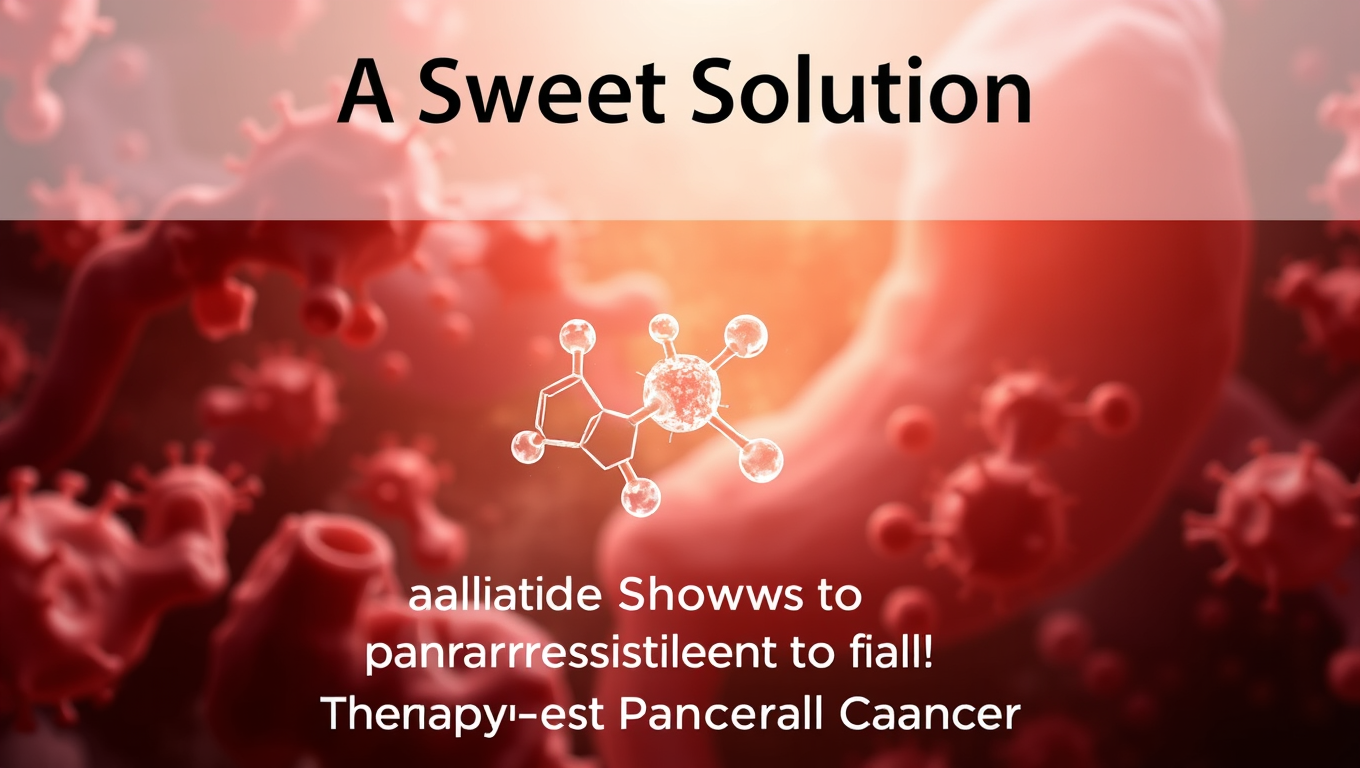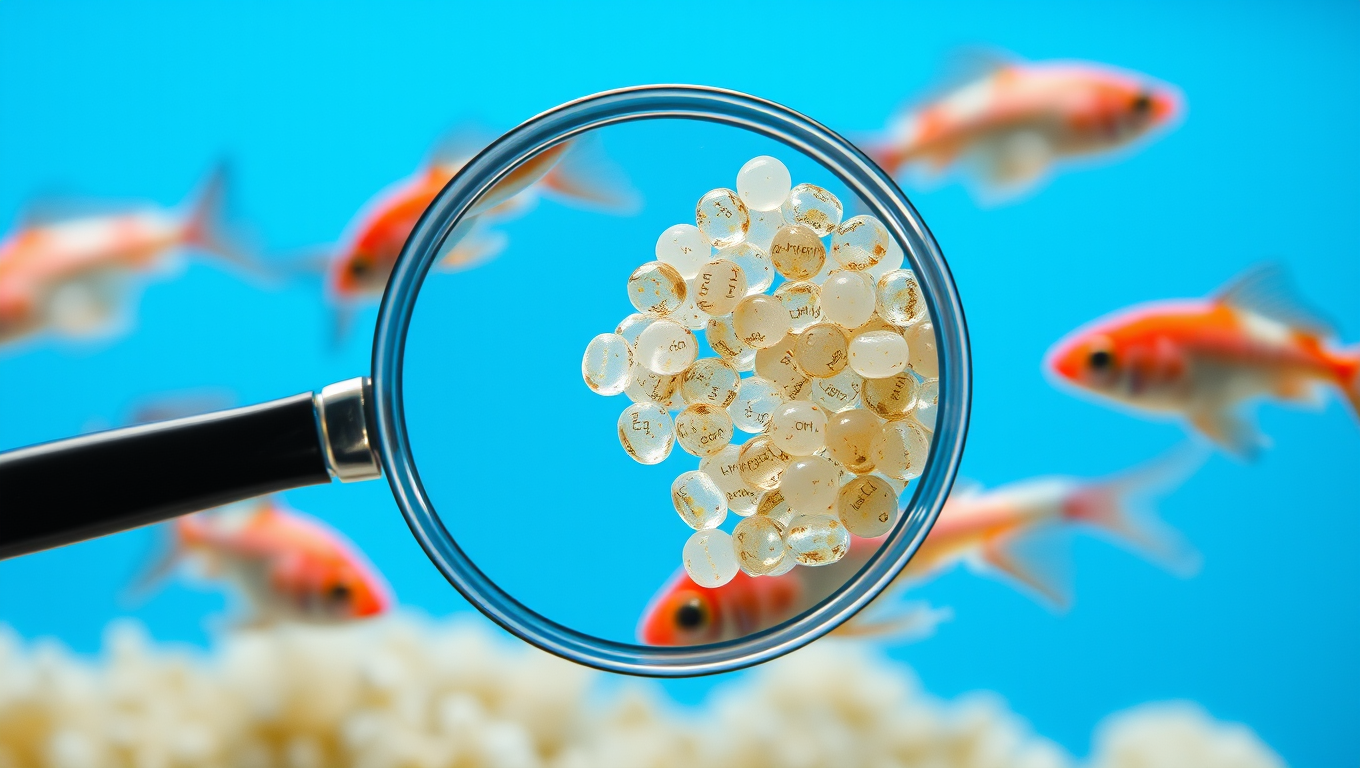While we try to keep things accurate, this content is part of an ongoing experiment and may not always be reliable.
Please double-check important details — we’re not responsible for how the information is used.
Cancer
Revolutionizing Quantum Communication: Direct Connections Between Multiple Processors
Researchers developed a scalable interconnect that facilitates all-to-all communication among many quantum processor modules by enabling each to send and receive quantum information on demand in a user-specified direction. They used the interconnect to demonstrate remote entanglement, a type of correlation that is key to creating a powerful, distributed network of quantum processors.

Alternative Medicine
A Sweet Solution: Benzaldehyde Shown to Halt Therapy-Resistant Pancreatic Cancer
A compound best known for giving almonds and apricots their aroma may be the key to defeating hard-to-kill cancer cells. Japanese researchers found that benzaldehyde can stop the shape-shifting ability of aggressive cancer cells, which lets them dodge treatments and spread. By targeting a specific protein interaction essential for cancer survival—without harming normal cells—benzaldehyde and its derivatives could form the basis of powerful new therapies, especially when combined with existing radiation or targeted treatments.
Cancer
A Breakthrough in Inflammation Control: Scientists Discover ‘Off Switch’ Enzyme to Combat Heart Disease and Diabetes
Researchers at UT Arlington have discovered a key enzyme, IDO1, that when blocked, helps immune cells regain their ability to properly process cholesterol—something that breaks down during inflammation. This breakthrough could offer a powerful new way to fight heart disease, diabetes, cancer, and more. By “turning off” this enzyme, the team restored cholesterol absorption in macrophages, potentially stopping disease at the source. Even more promising, they found a second enzyme, NOS, that makes things worse—raising hopes that targeting both could pave the way for transformative treatments for millions suffering from inflammation-driven conditions.
Cancer
The Toxic Truth About Recycled Plastic: Over 80 Chemicals Found in a Single Pellet
Recycled plastic pellets can release a hidden mix of over 80 chemicals into water, disrupting hormones and fat metabolism in zebrafish larvae. Researchers warn that unknown and toxic additives make current recycling practices dangerously unpredictable.
-

 Detectors3 months ago
Detectors3 months agoA New Horizon for Vision: How Gold Nanoparticles May Restore People’s Sight
-

 Earth & Climate4 months ago
Earth & Climate4 months agoRetiring Abroad Can Be Lonely Business
-

 Agriculture and Food4 months ago
Agriculture and Food4 months ago“A Sustainable Solution: Researchers Create Hybrid Cheese with 25% Pea Protein”
-

 Diseases and Conditions4 months ago
Diseases and Conditions4 months agoReducing Falls Among Elderly Women with Polypharmacy through Exercise Intervention
-

 Albert Einstein4 months ago
Albert Einstein4 months agoHarnessing Water Waves: A Breakthrough in Controlling Floating Objects
-

 Chemistry3 months ago
Chemistry3 months ago“Unveiling Hidden Patterns: A New Twist on Interference Phenomena”
-

 Earth & Climate3 months ago
Earth & Climate3 months agoHousehold Electricity Three Times More Expensive Than Upcoming ‘Eco-Friendly’ Aviation E-Fuels, Study Reveals
-

 Alzheimer's Research3 months ago
Alzheimer's Research3 months agoUnlocking the Secrets of Cell Behavior: New Pathways Discovered for Drugs to Act on Cells





